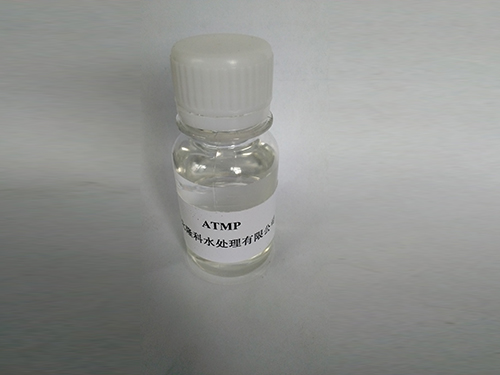difference between flocculant and coagulant
The Difference Between Flocculant and Coagulant
In the realm of water treatment and wastewater management, two terms often arise flocculant and coagulant. While they may sound similar and share overlapping functions, there are distinct differences that set them apart in their roles and applications. Understanding these differences is crucial for selecting the appropriate treatment method in various industries, including municipal water treatment, industrial wastewater management, and even in some agricultural practices.
Definitions and Functions
Coagulants are chemical agents that promote the aggregation of suspended particles in water. Their primary function is to neutralize the charges that repel these particles, allowing them to come together and form larger clumps, or flocs. This process, known as coagulation, is typically the first step in the water treatment chain. Common coagulants include aluminum sulfate (alum), ferric chloride, and polyaluminum chloride. Coagulants are especially effective in treating water with low turbidity, as they help settle out impurities that can cause cloudiness.
Flocculants, on the other hand, are used after coagulation has taken place. Their purpose is to promote the formation of larger, heavier flocs that can be easily removed from the water. Flocculation is usually achieved through a gentle stirring process, allowing the small flocs produced during coagulation to collide and stick together, creating larger aggregates. Flocculants are often high molecular weight polymers—such as polyacrylamide or natural substances like starch or guar gum—that enhance the settling process and make it easier to filter or separate solid particles from the liquid phase.
Mechanisms of Action
Coagulants work primarily by neutralizing the negative charges on particles suspended in water. When these particles carry a negative charge, they repel one another, preventing them from clumping together. Coagulants introduce positively charged ions into the water, which can cause the particles to lose their charge and bond together. This initial agglomeration is essential for reducing the overall turbidity of the water.
difference between flocculant and coagulant

Flocculants, conversely, act as a bridge between small flocs, facilitating their aggregation into larger formations. They have long-chain molecules that stretch and interact with various particles, creating a network that captures more suspended solids. This addition of flocculants significantly enhances the efficiency of the overall treatment process by ensuring that even the smallest floc particles can be effectively removed, leading to clearer water quality.
Applications
Both coagulants and flocculants are widely used across various industries. In municipal water treatment plants, coagulants such as alum are typically used to treat raw water sources. The coagulation process helps to remove not only particulates but also microorganisms, thereby ensuring that water meets safety standards before consumption.
In industrial applications, flocculants find their place in processes like sludge dewatering and mineral processing. In these cases, the flocculation process enables the quick and efficient removal of solids, helping to recover valuable materials and reduce waste. Similarly, flocculants are vital in agricultural practices, especially in irrigation systems where sediment control is necessary.
Conclusion
While both coagulants and flocculants play critical roles in the treatment of water and wastewater, they operate at different stages of the process and have distinct functions. Coagulants initiate the aggregation of suspended particles, while flocculants enhance the formation of larger flocs for easier removal. Understanding these differences is crucial for selecting the right chemicals in water treatment applications. By using both agents effectively, industries can achieve clearer and cleaner water, ensuring better environmental and public health outcomes. As water scarcity and quality issues grow increasingly pressing globally, the effective use of coagulants and flocculants will be essential in meeting these challenges.
-
Pbtc Scale InhibitorPBTC: A Scale Protector for Industrial Water TreatmentNewsAug.05,2025
-
Organic Phosphonate: An Efficient Defender in the Field of Scale InhibitionNewsAug.05,2025
-
Hydrolyzed Polymaleic Anhydride: Green Pioneer in Scale Inhibition FieldNewsAug.05,2025
-
PAPEMP Polyamino Polyether Methylene Phosphonic Acid For SaleNewsAug.05,2025
-
Flocculant Water Treatment: A Pioneer in Purification in the Field of Water TreatmentNewsAug.05,2025
-
Benzyl Isothiazolinone: An Efficient and Broad-Spectrum Antibacterial Protective GuardNewsAug.05,2025





